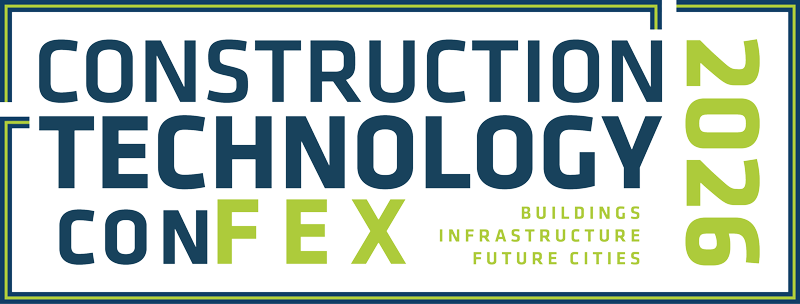May 25, 2023
Construction Technologies Revolutionizing Worker Health and Safety
Ensuring workplace safety is of paramount importance in every sector, but the construction industry presents unique risks to workers. Given the physically demanding nature of construction roles, workplace accidents are unfortunately common. However, construction workers bear the brunt of job-related injuries, making construction the most hazardous industry worldwide. As the demand for new construction projects continues to rise, workers face increasingly elevated risks. This raises a critical question: How can construction companies in the UAE achieve growth while effectively mitigating worker accidents?
The good news is that adopting new technologies can significantly improve worker health and safety, with construction safety technology leading the way. These innovative solutions provide construction workers with enhanced methods of performing their tasks safely. In this article, we will delve into four construction safety technologies that effectively mitigate construction risks.
Four Construction Safety Technologies That Reduce Construction Risks
Addressing workplace safety concerns requires the utilization of various modern construction safety technologies. Let's explore some of these cutting-edge technologies that are poised to reduce construction hazards and pave the way for a new era of innovation.
Wearable Technology
Wearable technology is a cornerstone of construction safety. This technology encompasses devices such as hard hats, safety vests, and sensors-based boots. By providing real-time feedback, these devices empower workers to monitor their safety performance. In particular, smartwatches and smart glasses have gained popularity, tracking critical metrics like skin temperature, movement, and location. This valuable information can promptly alert managers to potential injuries or the need for medical attention.
Detection Technology and On-site Sensors
Construction sites are not solely reliant on wearable innovations for safety monitoring. Advanced detection technology and on-site sensors play a vital role in scrutinizing workplace conditions and alerting workers to potential safety hazards. These sensors monitor temperature, air quality, the presence of dangerous materials, and other critical environmental factors. The tracked data is shared with organizations like the Occupational Safety and Health Administration (OSHA), fostering a greater sense of security among workers through proactive safety measures.
Virtual Training - VR and AR
Comprehensive safety training is another key measure to prevent workplace injuries. Equipping workers with the knowledge to perform their tasks safely and keeping them aware of potential risks significantly reduces incidents. However, inexperienced workers undergoing training are particularly susceptible to injuries. This is where construction safety technology proves invaluable for construction companies in the UAE.
Virtual reality (VR) and augmented reality (AR) offer workers the opportunity to practice essential skills in a safe, simulated environment that closely mimics real-world scenarios. These cutting-edge technologies have already demonstrated their efficacy in improving worker safety across various industries, including the military and medical fields. Workers can acquire necessary skills in a realistic augmented reality setting while receiving training within a virtual environment, thereby minimizing the potential for training-related injuries.
Drone Technology and Robotics
While human presence remains crucial in construction workplaces, some high-risk tasks are better suited for robots. Although certain robots may require human guidance, they significantly contribute to reducing workplace fatalities. In addition, drones are making notable advancements in the construction industry. These modern devices possess the ability to fly high and survey challenging-to-access areas. Construction workers can leverage drones to assess the quality of their work and promptly identify potentially dangerous changes in work conditions.
I apologize for the incomplete sentence. Here's the revised paragraph:
Conclusion
Technology has fundamentally transformed construction companies in the UAE over the past few decades. Workers in the construction sector now have access to various tools and equipment that enhance the practicality of their tasks. However, with construction sites becoming increasingly complex, safety training has assumed even greater importance. By implementing these four construction safety technologies, construction companies can make significant strides in improving worker health and safety.
Moreover, attending the upcoming Construction Technology ConFex will provide valuable opportunities to gain deeper insights into construction safety technologies. This premier construction networking event in the UAE offers a platform for industry specialists to discuss the advantages and impacts of these technologies. By participating in this event, you can meet the shortlisted nominees for the construction technology awards and establish new connections with industry leaders.
Just Say Hi there!

